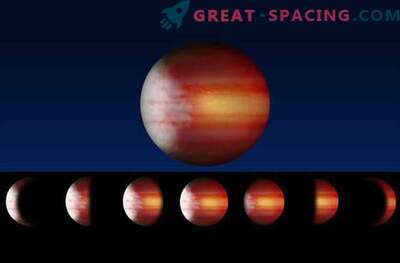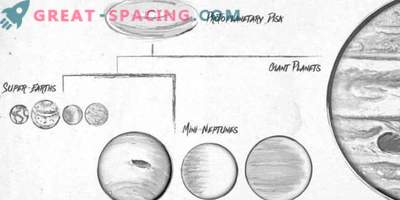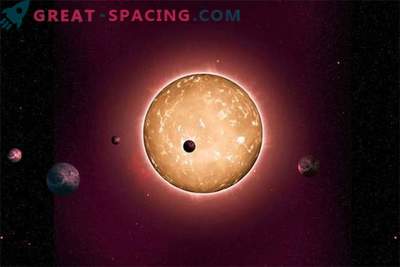
An international research team led by the University of Montreal revealed that exoplanets orbiting a single star have similar sizes and a regular orbital interval. This picture was noticed in the framework of the observations of the Keck Observatory and the Kepler telescope. This suggests that the history of the formation of many systems differs from solar.
The Kepler telescope was launched in 2009, allowing to find many thousands of distant worlds. This large sample makes it possible not only to consider individual systems, but also to draw conclusions about the planetary systems as a whole. The Keck Observatory (Hawaii) was also used to obtain high-resolution spectra of 1305 stars accommodating 2025 transit planets.
In the new analysis, researchers focused on 909 planets belonging to 355 systems. Basically, these worlds are distant from us for 1000-4000 light years. Statistical analysis led to two unexpected patterns. It turned out that exoplanets have the same dimensions as the neighbors. If one world is small, then the next planet around the same star, most likely, will also be small. In addition, a fixed orbital distance was recorded. This principle of arrangement and parameters resembles a pea in a pod. These findings have important implications for understanding how most planetary systems originate. The classical theory points to a protoplanetary disk, where worlds are concentrated around a star. Planets can appear in dense configurations with uniform dimensions and constant orbital distance, which is shown by observations. But in our system, the inner planets are unusually distant and differ in size.
Many scientists believe that Jupiter and Saturn violated the early structure of the solar system, because of which formed 4 terrestrial planets. They are similar in size, and therefore basically have not changed since its inception.
To test this hypothesis, researchers from the Keck Observatory undertook to analyze the search for analogues of Jupiter in multi-planet systems. Kepler’s mission is limited, so for now there is little information about such systems. There remains also the need to find the decisive factor influencing the determination of the sizes of the planets. This will help to understand which stars will have earth-like planets.











































